Climate Change is a Symptom – The Human Predicament
Humanity's unsustainable trajectory: growth, consumption, and ecological overshoot unraveling our future in a dangerously finite world.
Let’s imagine an ant colony in an isolated environment, perhaps the size of a bedroom. Let’s apply the following assumptions:
There’s no escape from the isolated environment.
There’s enough ambient moisture (water) and sufficient oxygen in the environment for survival.
There are no predators or competing species.
There are some plants that produce a total of 1000 mg of food (energy) per day.
There’s a 1 kg pile of sugar in the middle of the room.
We introduce 10 worker ants and 1 queen to the environment. We shall call this ant colony Antropolis: starting population, 11.
Do you think the ants will eat the sugar or leave it untouched?
I think we all know the answer to that. Of course they’re going to eat the sugar, why wouldn’t they? They are programmed to do it. It’s irresistible. It’s going to be a bonanza!
With no checks on their population growth, the ant population will double every 8 days, leading to a population of;
22 ants at day 8
44 ants at day 16
350 ants at day 40
5,600 ants at day 72
11,200 ants at day 80
It would look like this:
On day 80, the 1 kg pile of sugar is shrinking faster and faster as a growing number of ants consume it. But there’s still almost half of the sugar pile left, so nobody is worried or paying attention.
With a colony of 11,200 ants, they are now consuming 3.3% of the original pile of sugar every day.
Maybe they can keep growing for another 80 days?
“We can grow forever!” says Antlon Musk, the loudest ant of them all, who claims he can create food (energy) from nothing.
That’s because Antlon doesn’t understand biophysical limits and thermodynamics, where the First Law states: “Energy cannot be created or destroyed in an isolated system. It can only be transformed from one form to another or transferred between systems.”
On day 100, we come back to check, and the ant colony has collapsed!
What happened? This isn’t some big secret; it’s just math. The long-term sustainable carrying capacity (the red line) of the environment was 333 ants, supported by the plants (regenerative resources) providing 1000 mg of energy per day (3 mg per ant / day).
But the ants fell into the trap and ate the sugar, a finite resource, causing their population to grow exponentially. They overshot their carrying capacity on day 40.
By day 80, they were on the brink. After that, they ran out of sugar in just 10 days (one generation) by day 90. Their population peaked at around 22,000.
When the sugar ran out at day 90, most of the ants starved to death within a few days.
The ants even devoured the leaves and seeds of the plants, causing them to die as well, further reducing the long-term carrying capacity of their environment.
In the end, the ants resorted to eating each other in desperation when food was no longer available.
What a terrible outcome, and it all happened so fast.
What if they had stopped growing when they noticed only half the sugar was left? They would have lasted a bit longer, an extra seven days, delaying the collapse to day 97.
If you’re an ant expert and think my simulation is wrong because of doubling time, how much energy ants require, or some other ant related detail, you missed the entire point.
If that doesn’t ring any alarm bells, let me show you a few graphs.
The human population over the past 2,000 years:
Notice how since the early 18th century our growth rate increased and really took off in the 1950’s, kind of like the ants of Antropolis.
How? Did we also discover a large pile of sugar (energy)?
We sure did! Fossil fuels i.e. oil, coal and natural gas are energy. They allowed us to rapidly plunder the Earth’s resources and grow our population. And they are finite resources, just like that large pile of sugar.
We’ve been living in the carbon pulse, and it’s about to peak.
We’ve already burned through about half of the world’s known fossil fuel reserves, and most of the easy-to-reach, cheap stuff is gone.
Remember when we checked on the ants on day 80? They still had almost half their sugar pile left but only 10 days (1 generation) of consumption remaining. Even if they had stopped growing, they would have lasted just an extra 7 days.
Don’t worry, our situation is not as dire as that of Antropolis, yet. At least not in terms of food. We could still change our entire way of life and have a better outcome than they did.
I know what some of you are thinking: “This guy is so dumb, we have green energy!”
Let me remind you: nuclear, hydro, wind, and solar energy all require fossil fuels and raw materials to build, maintain, and replace infrastructure. In other words, they are still dependent on fossil fuels and finite materials. Biomass, while renewable without human input or fossil fuels, provides only a limited amount of energy per year, constrained by natural forces.
And don’t forget, we also need a lot of fossil fuels to feed our current population, for fetilizers, planting, harvesting, transportation etc.
But it’s actually worse than that. This is no longer just about running out of energy. If that were our only problem, I’d be relieved, although I think all this excess energy has made our culture and society insane.
Let’s review the Antropolis assumptions and contrast with our situation:
There’s no escape from the isolated environment
The same applies to us. We can’t escape and survive outside Earth.
There’s enough ambient moisture (water) and sufficient oxygen in the environment for survival.
For now there’s enough oxygen and water. We’re good.
There are no predators or competing species
We’re at the top of the food chain, with no predators or competitors to seriously worry about, except viruses and our fellow humans.
There are some plants that produce a total of 1000 mg of food (energy) per day
This would be our biosphere. It created us. Without it, we wouldn’t exist. It provides the food, water, shelter and air that we need, for free. This represents the long-term sustainable carrying capacity. If you’re religious, think of the biosphere as our actual god, not that bearded white guy in a robe. The biosphere is quite literally our creator.
There’s a 1 kg pile of sugar (energy) in the middle of the room
This represent various resources, most of them finite on human time scales;
Fossil fuels: Take millions of years to form but are depleting in centuries.
Topsoil: Takes 500–1,000 years per inch to form. We are depleting it 10–100 times faster than it can regenerate.
Aquifers and groundwater: Dependent on water cycles, but in many places, we’re depleting these sources 100–200 times faster than they can replenish.
Materials and minerals: Forests, iron, copper, lithium, sand, to name a few. Some regenerate faster than others, but there are limits and we’re hitting the limits at lightning speed.
Our overshoot is so extreme that it has led to several existential threats to us and life on this planet. These include global warming (or climate change), ocean acidification, and even the destruction of our creator: the biosphere1.
So, what do you think we should do? What would be the smart thing to do?
Should we:
Focus only on climate change, at the cost of the environment, and keep searching for more energy to prolong this unsustainable growth for maybe a few decades?
Face reality, stop the nonsense, and drastically reduce our consumption of energy and materials as quickly as possible?
I think most of you would choose option 2. Of course it’s much more complicated than that.
Unfortunately, it’s unlikely to happen voluntarily. But one way or another, it will happen, because nature doesn’t negotiate.
It's the terror of knowing, what this world is about
Watching some good friends screaming "Let me out!"
This is our last dance
This is ourselves
Under pressure
https://www.stockholmresilience.org/research/planetary-boundaries.html




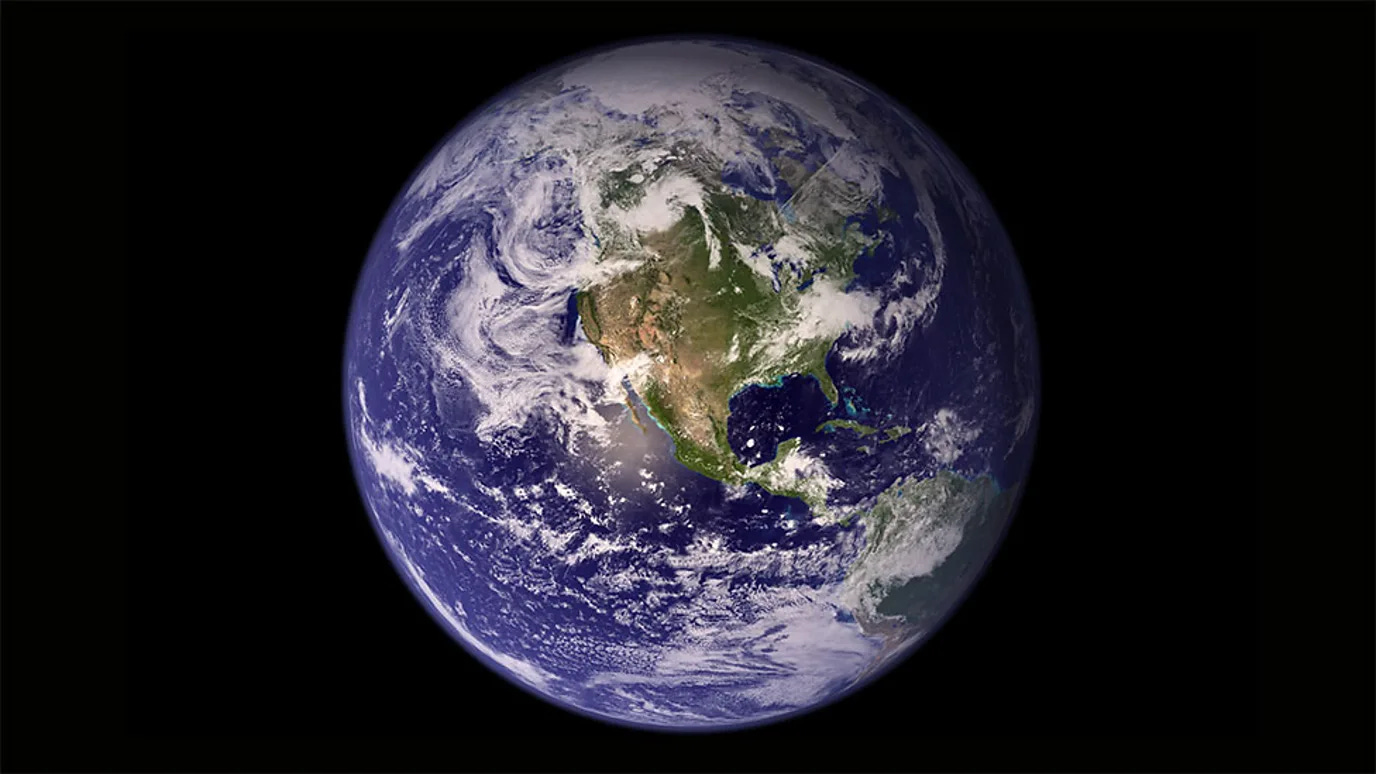


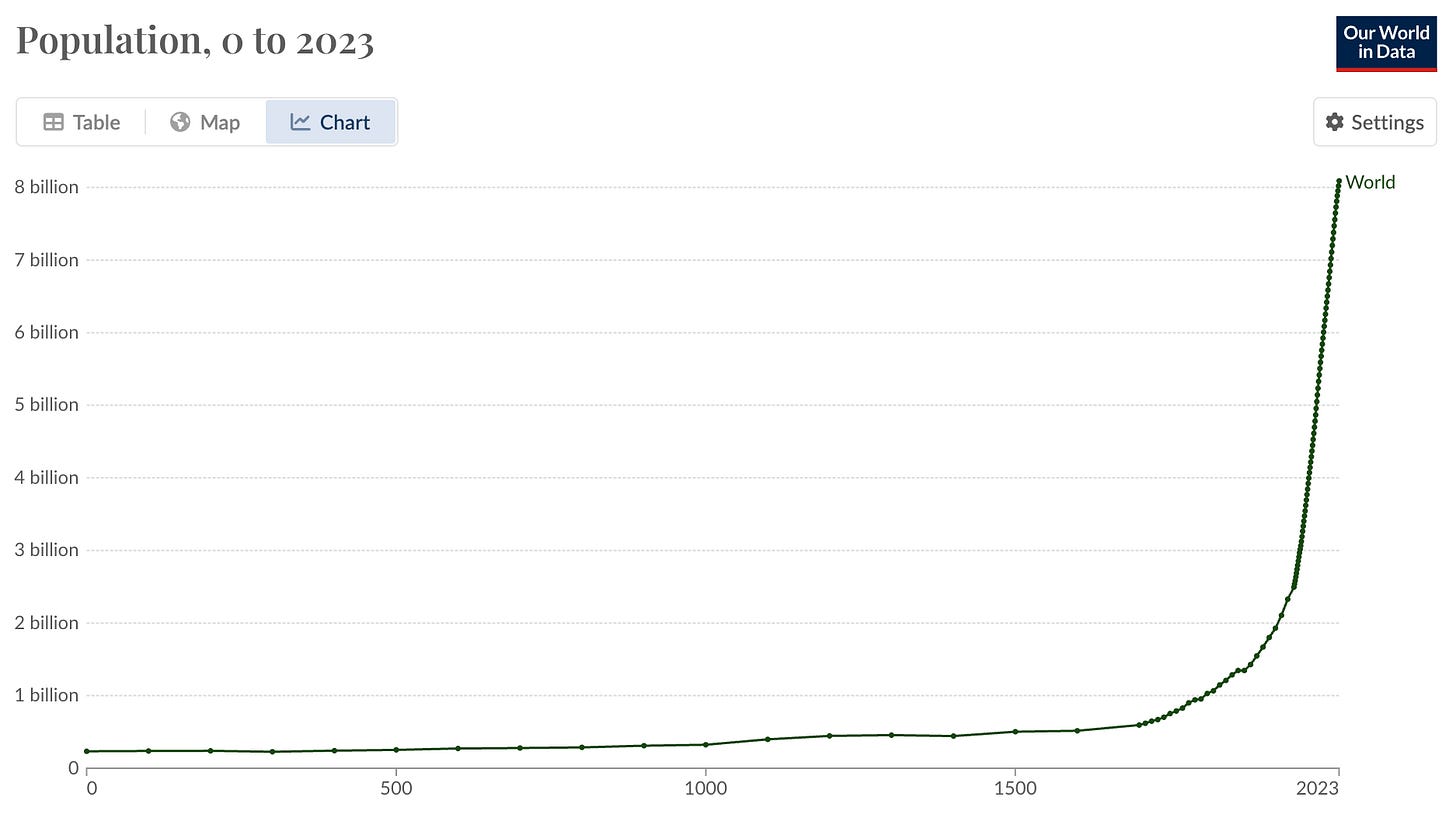

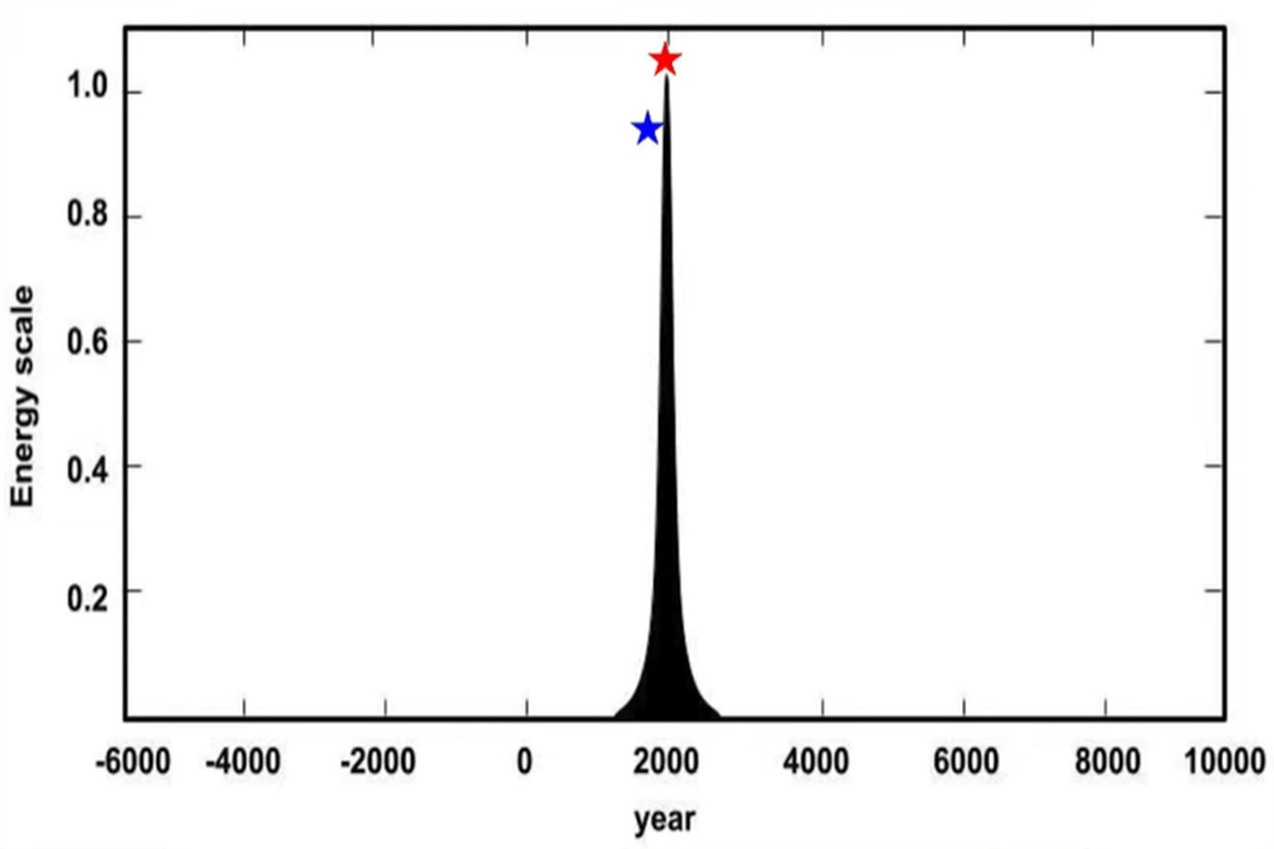
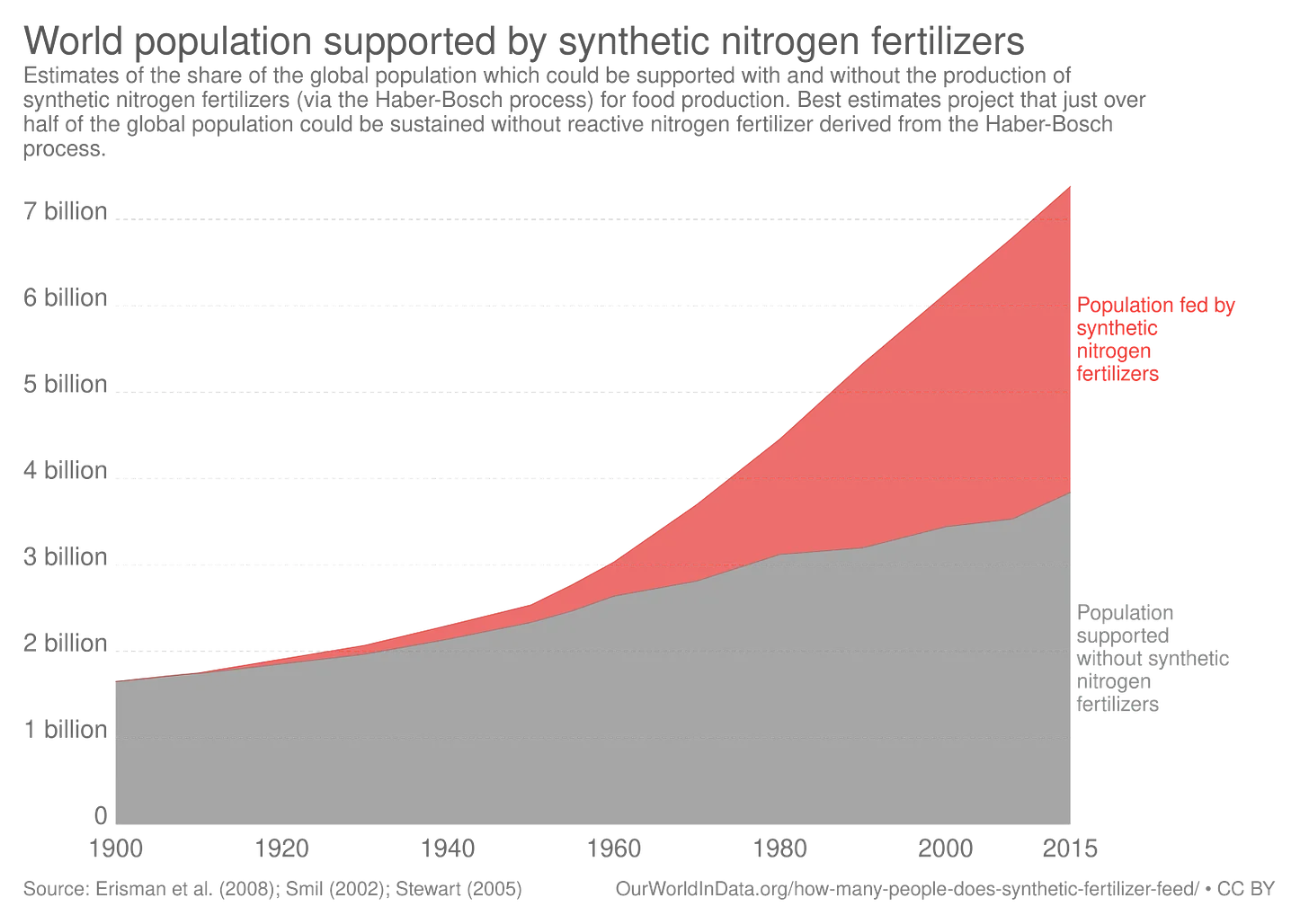

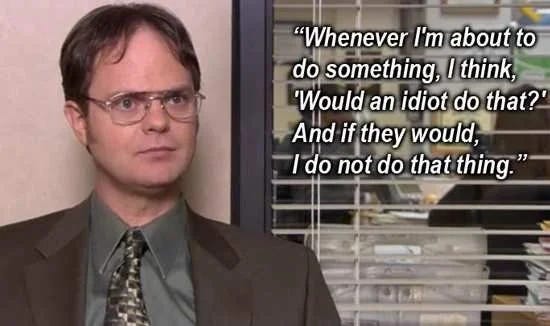
Cute metaphor and glad to see someone else is woke, awakened to reality. However, animal crowding researchers actually did these experiments with rodents starting in the late 1940's and through the 1960's into the 1970's. Search John Calhoun's mouse utopias, Charles Southwick, and J. J. Christian. All covered in my 2018 e-book "Stress R Us", available as a free PDF download out at Stanford, or a PB at Amazon. You can see Calhoun at work in his "universe"/"utopia" in the youtube video, "Critical Mass", for the modest $0.99. Also, we higher animals have long evolved gene based population regulation mechanisms, "population density stress". So, yes, Malthus was right, as is Ehrlich, and Catton, and the proof in the pudding can be easily observed in the remaining migratory Hunter-Gatherer clans/bands and pastoralists, who have none of our myriad "stress diseases". They will be found in "marginal" lands unfit for "development". Today, we "modern" urban/suburban human populations harbor 3,000 times more of us than our ancestral clans/bands 10kya, and fit your overshoot antopolis metaphor to a "t". HAVE A HAPPY HOLIDAY!
Well done again, whoever you are. If only Malthus had said it so well. But Man doesn't listen because the Western way of life is all about consumption of energy and matter. Materialsim. Building up man's order destroys natural thermodynamic order even more. It's the Second Law.